’Tis the season. Not the season for giving and receiving presents, for depictions of Santa Claus and his reindeer, for cheesy commercials or for obligatory gatherings of people who sometimes can barely stand each other. But the season to contemplate and celebrate the most profound event in human history: the arrival of the long-awaited Jewish messiah, king of kings, prince of peace, God’s only son. Although His virgin mom probably did not deliver Him on December 25, that is the date we have, for more than two millennia, assigned to the divine birth. This took place in a lowly stable in Bethlehem, 5 1/2 miles south of Jerusalem.
Regardless of how many hundreds of times I have heard sacred Christmas songs (secular ones do not merit consideration, needless to say), I never tire of them. What true believer would feel otherwise? Here I am going to present some of my favorite Christmas carols and assign one as “the best.” Such an endeavor is inherently subjective and thus perhaps of dubious value. Rating these classics is a fatuous exercise, not unlike holding forth about whether Sandy Koufax, Lefty Grove, Whitey Ford, Warren Spahn or some other guy was the best left-handed pitcher of all time; each, we can surely agree, was excellent.
The first six are listed in no particular order, followed by my number one. I should also admit that I am displaying a rather obvious cultural bias as all derive from Western Europe and the USA. In fact, fine Christmas music has come from Romania (for example, “O, ce veste minunată!”), Malaysia (“Anak Yesus dilahirkan”), Lebanon (“Laylet Eid”), the Philippines (“Ang Pasko ay Sumapit”), Mexico (“En el Nombre del Cielo”), Kenya (“Christmas na Kimangu”) and elsewhere.
In 1872, Christina Rosetti composed a poem entitled “A Christmas Carol.” It remained just that—a poem—until Gustav Holst put it to music 34 years later. “In the Bleak Mid-Winter” is beautiful, pure, simple and humble, favored by some of the world’s top choirmasters. And no wonder, since it exudes depth and meaning. It kind of makes you want to say a prayer. I especially like the last verse which ends with “Yet, what can I give him? Give my heart.”
The authorship of “O Come, All Ye Faithful,” also known as “Adeste Fidelis,” has been attributed to several people, including John Francis Wade, George Frederic Handel, John Reading, King John IV of Portugal and some anonymous Cistercian monks. The earliest version is in a book printed by Wade in 1751. We know that it was translated from Latin into English in 1841 by Frederick Oakeley. Musicologists say that this magnificent anthem of triumph and salvation is heavily Catholic, but even Protestant Christians such as I love hearing it sung.
Edmund Sears, pastor of a Unitarian church in Wayland, Massachusetts, wrote “It Came Upon a Midnight Clear” in 1849, and Richard Storrs Willis composed the accompanying tune the next year. Sears, a melancholy man who later suffered a nervous breakdown, is said to have written his poem while worrying about revolution in Europe and America’s war with Mexico. He felt the world was dark and full of sin and strife, and that the Christian message was being ignored or at least obfuscated. Be that as it may, “It Came Upon a Midnight Clear” remains quite popular.
First published in the late 19th century and sung widely in the English-speaking world, “Away in a Manger” was once thought to be the work of Martin Luther, the German religious reformer. But scholars now view such a claim as spurious. This gem is wholly American in origin, and we can thank William J. Kirkpatrick and James Ramsey Murray for it. I remember singing it in Sunday school during my long-ago Dallas days.
Holly and ivy have been mainstays of British Advent and Christmas decorations since medieval times. But the traditional British folk song “The Holly and the Ivy” can only be traced back to the early 19th century. It might have been lost if not for Cecil Sharp, who heard it sung in 1909 by a woman named Mary Clayton in a market town in Gloucestershire. Sharp included it in his 1911 collection English Folk-Carols. This tune is inspired by the hope for survival in difficult winter months, as exemplified by the holly (representing Jesus) and the ivy (Mary). A version done by the boys’ choir of Kings College Cambridge is splendid, especially the falsetto harmony.
The last of our runners-up, “What Child Is This?”, began with lyrics written by William Chatterton Dix in 1865. They were adapted to the tune of “Greensleeves” (dating from late 16th century England) in 1871, although it is not clear by whom. The first verse poses a rhetorical question, while the second and third contain emphatic answers: “This, this, is Christ the king, whom shepherds guard and angels sing. Hail, hail, to bring him laud, the babe, the Son of Mary.” A soulful and haunting carol, “What Child Is This?” is today more popular in the USA than in its country of origin.
Even more sublime than the above-cited songs—all of which have stood the test of time—in my opinion, is “O, Holy Night.” In 1843, Frenchman Placide Cappeau wrote a poem entitled “Minuit, chrétien.” It was reworked and set to music four years later by a fellow countryman, Adolphe Adam. A sacred song for Christmas performance, the lyrics were translated into English in 1855 by John Sullivan Dwight, an American transcendentalist, music critic, minister and editor of Dwight’s Journal of Music. This carol, which reflects on the birth of Jesus and the resulting redemption of humanity, is often sung at Midnight Mass in Catholic churches. And why not? The first line of Cappeau’s poem (English version, of course) is “Midnight, Christian, is the solemn hour.”
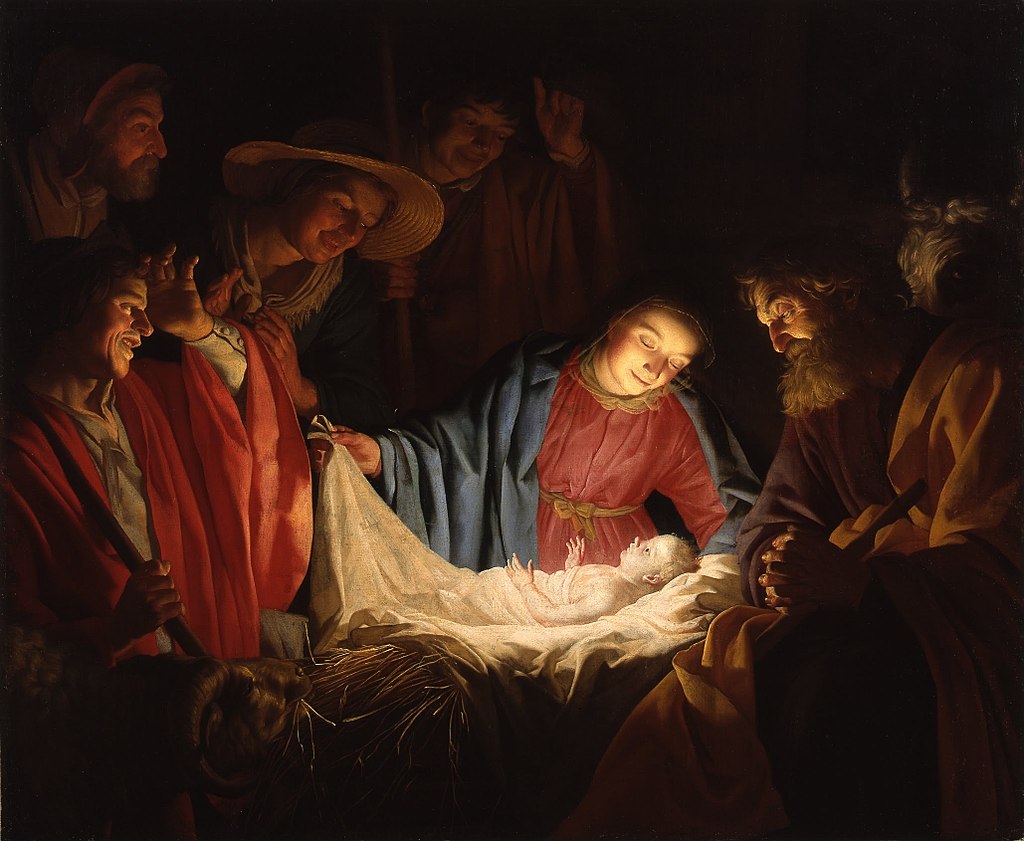
Adoration of the Shepherds…
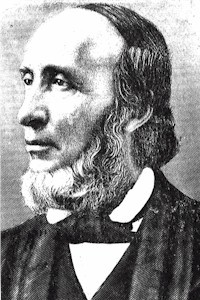
Edmund Sears, who wrote the lyrics to “It Came Upon a Midnight Clear”…
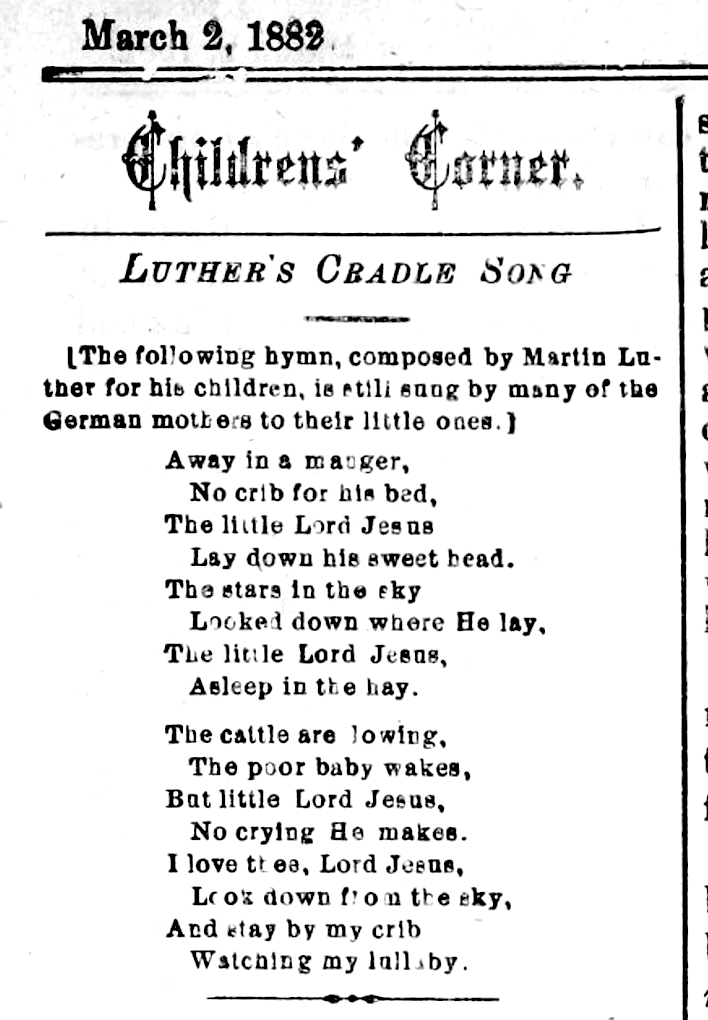
“Away in a Manger””–NOT written by Martin Luther…
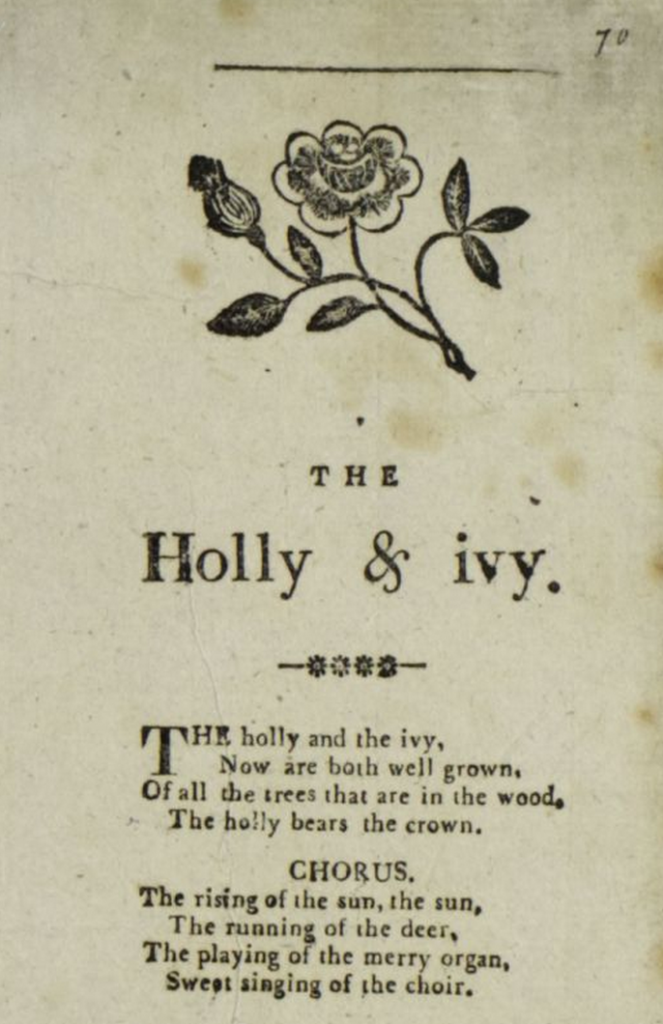
Some of the lyrics to “The Holly and the Ivy”…
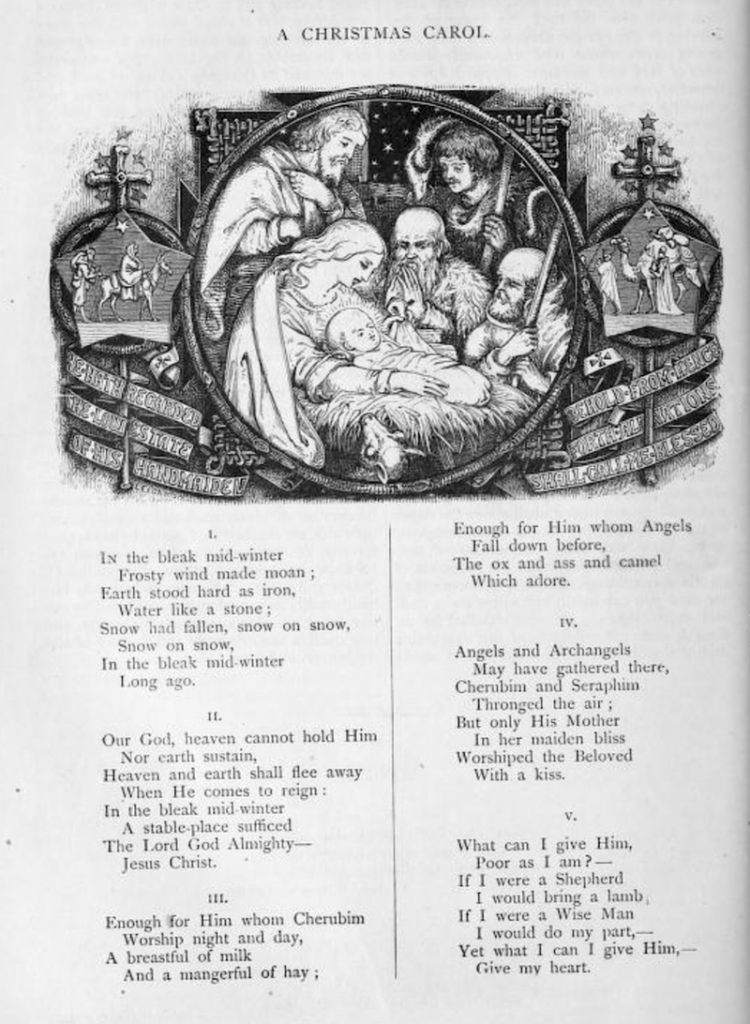
By Christina Rosetti…

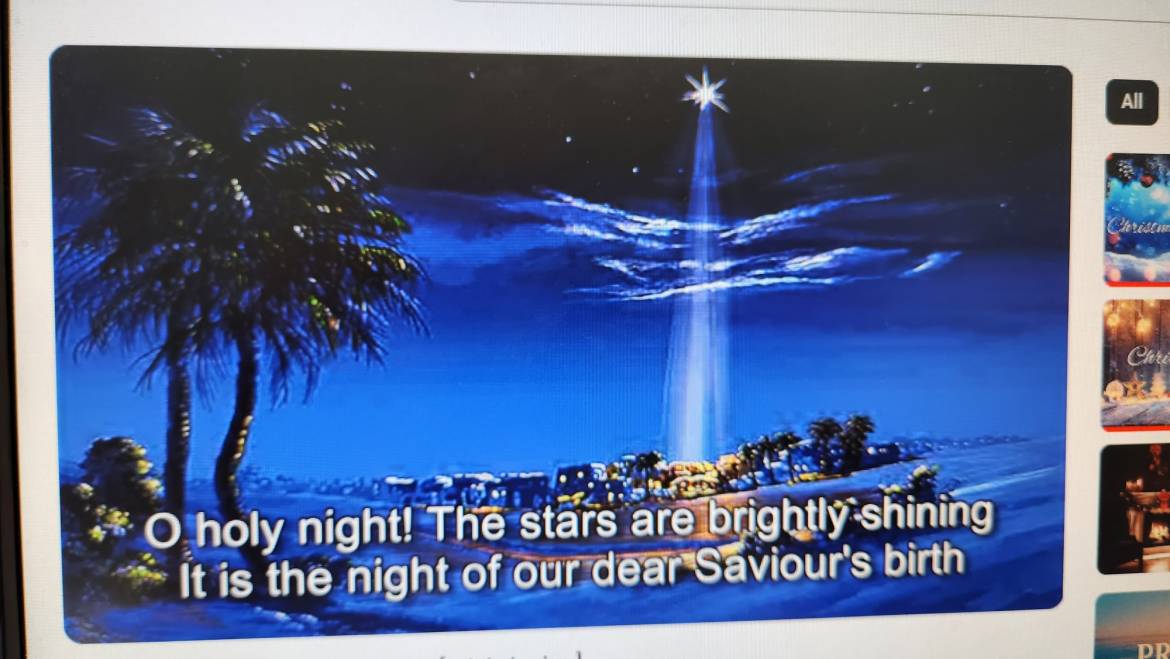
12 Comments
Great songs and history. I have fond memories of learning these as a child in church and at home. Another of my all time favorites is Silent Night.
I knew some of the history of these. Thank you for enlightening me on the others.
Thank you, Lee, very much.
Remembering and singing songs as kantata for hostinĝ church Christmas celebration… brings all of us that the spirit of christmas is JESUS himself!
Agreed, Lelen. Thanks for your comment.
This synopsis will one day be critically acclaimed by all Christmas carol aficionados as the best explanation of the inception of each of the great Christmas carols outlined herein. I like it so much, I think I will read the applicable paragraph prior to singing each song at our family Christmas gathering this year.
Thank you, Gary!
As I was reading this excellent article giving the background history of these famous Christmas carols, I could not myself from humming. I agree with you on your choices!
Thank you, Denise…
I am just now catching up. (I married an attorney.) Love this so much. I always feel (not just hear) these wonderful compositions. It means so much more than the words, but the words and melody that bring to life what happened in history. Thanks, Richard. Praise be to God and his Son, who sacrificed for all of us. The Great Redeemer has paid the price. Have a Merry Christmas and God bless always.
Bettye, you believe, same as I do.
Loved reading this, Richard! Especially enjoyed the images’ impact after reading your historical research and personal comments. Thanks!
thanks so much, Judalon.
Add Comment